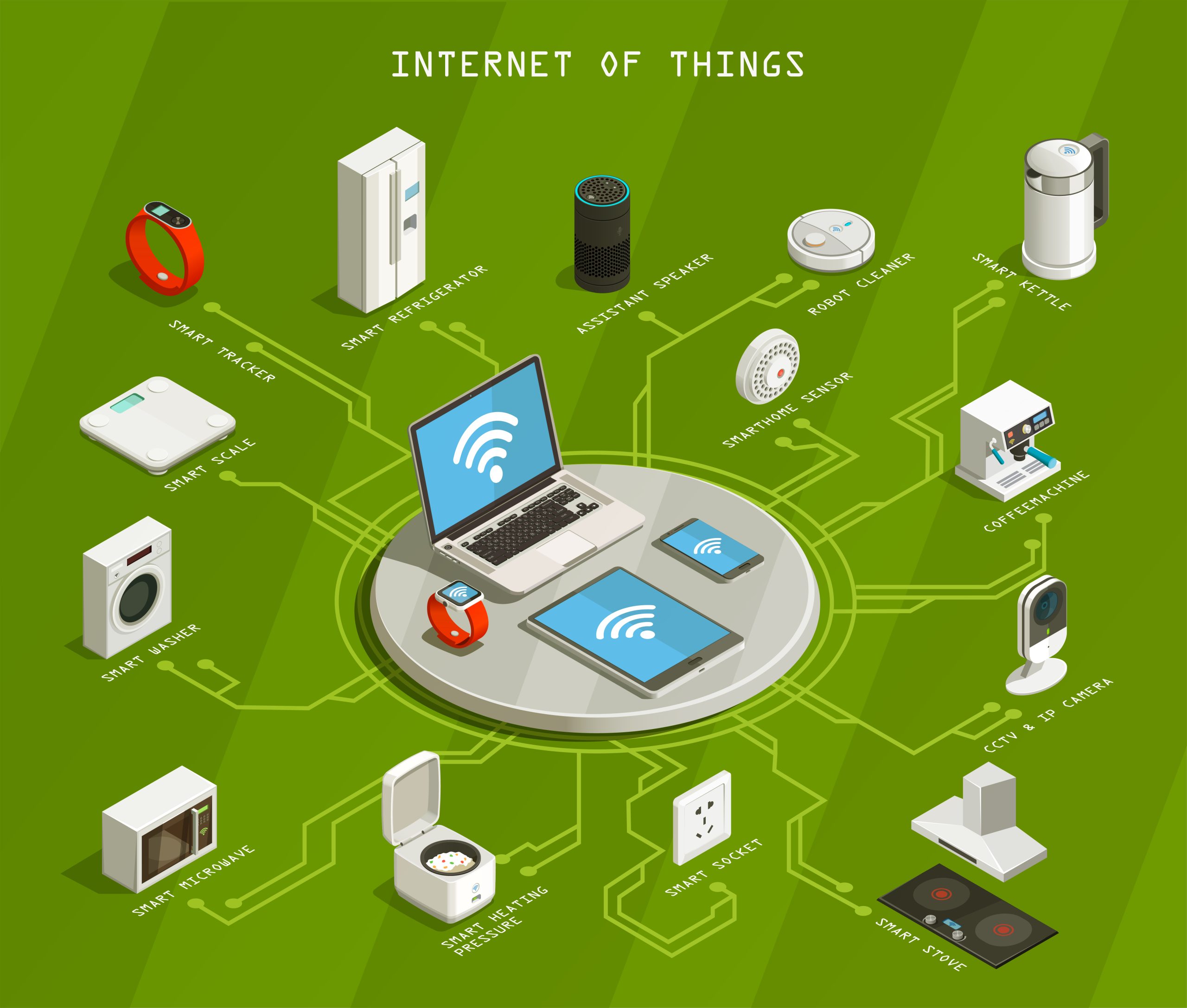The advent of the Internet of Things (IoT) has brought unprecedented connectivity and convenience into our lives. From smart homes to industrial automation, IoT devices have proliferated across various domains. However, this proliferation also comes with a significant challenge—securing IoT devices from hackers. In this article, we will explore the importance of IoT security and present five best practices to safeguard your IoT ecosystem.
IoT devices have revolutionized the way we live and work. From smart thermostats that regulate home temperatures to industrial sensors that optimize manufacturing processes, IoT devices have become integral to our daily routines. However, this widespread adoption has attracted the attention of hackers and cybercriminals, making IoT security a critical concern.
The Significance of IoT Security
Securing IoT devices is of paramount importance for several reasons:
- Data security: IoT devices often capture and send private information. Personal data may be exposed as a result of breaches.
- Safety: In industrial settings, compromised IoT devices can pose physical risks to workers and infrastructure.
- Network Security: Vulnerable IoT devices can serve as entry points for cyberattacks on larger networks.
- Reputation: Security breaches can tarnish the reputation of both manufacturers and users of IoT devices.
Best Practice 1: Implement Strong Authentication
Implementing strong authentication mechanisms is the first line of defense against unauthorized access to IoT devices. This includes:
- Unique Credentials: Ensure that each device has a unique set of credentials (e.g., usernames and passwords).
- Multi-Factor Authentication (MFA): Enforce the use of MFA, requiring users to provide multiple forms of verification.
- Certificate-Based Authentication: Use digital certificates to verify the identity of devices and users.
Best Practice 2: Keep Firmware and Software Updated
Regularly updating firmware and software is crucial for IoT security. Updates frequently include security fixes that fix well-known flaws. Manufacturers and users should:
- Enable Automatic Updates: Whenever possible, enable automatic updates for IoT devices.
- Monitor Manufacturer Releases: Stay informed about firmware updates from device manufacturers.
- Timely Installation: Install updates promptly to minimize exposure to threats.
Also Read: Top 10 IoT Devices That Will Disrupt Industries in 2023
Best Practice 3: Network Segmentation
Network segmentation involves dividing an IoT network into isolated segments or VLANs (Virtual Local Area Networks). This practice limits lateral movement for attackers and prevents unauthorized access to critical systems. Key considerations include:
- Logical Separation: Segregate IoT devices from the main network using firewalls or routers.
- Access Control: Implement strict access controls to govern communication between segments.
- Traffic Monitoring: Continuously monitor network traffic for anomalies.
Best Practice 4: Monitor and Analyze IoT Traffic
Real-time monitoring and analysis of IoT traffic can help detect suspicious behavior and potential security threats. Consider the following:
- Intrusion Detection Systems (IDS): Deploy IDS solutions to identify and respond to unusual network activities.
- Behavioral Analytics: Use behavioral analytics to establish baselines for normal device behavior and detect deviations.
- Anomaly Detection: Implement anomaly detection algorithms to flag unusual patterns.
Best Practice 5: Conduct Regular Security Audits
Regular security audits are essential for identifying vulnerabilities and ensuring compliance with security policies. Key steps in this practice include:
- Penetration Testing: Hire ethical hackers to simulate attacks and uncover weaknesses.
- Scanning for Vulnerabilities: Scan for known vulnerabilities using automated technologies.
- Policy Review: Review and update security policies and procedures as needed.
Conclusion
The Internet of Things has undoubtedly transformed our lives, but it has also introduced new security challenges. Securing IoT devices from hackers is not an option but a necessity. By implementing strong authentication, keeping firmware and software updated, employing network segmentation, monitoring IoT traffic, and conducting regular security audits, you can significantly enhance the security of your IoT ecosystem.




